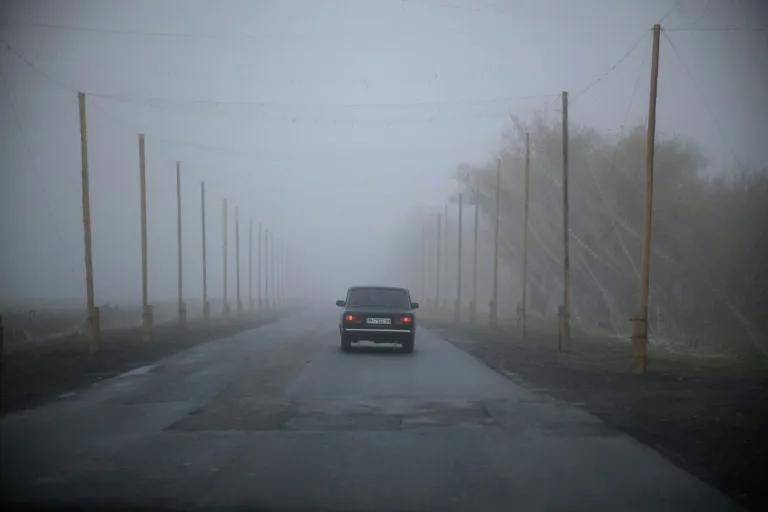News Flash
News Flash

KRAMATORSK, Ukraine, Oct 12, 2025 (BSS/AFP) - When authorities ordered the evacuation of families and children from parts of Kramatorsk in east Ukraine, 34-year-old mother of two Angela Bolonz was initially shocked.
The city in the eastern Donetsk region has been a symbol of Ukrainian resistance for over a decade, battling a brief takeover by pro-Russia separatists in 2014 and resisting capture since Russia invaded in 2022.
But with Moscow advancing to less than 20 kilometres (12 miles) from Kramatorsk and launching regular drone attacks, residents like Angela are grappling with the once unthinkable: that their city -- like so many others in the east -- could become unlivable.
"When the evacuation was announced, people started leaving," Angela said in a quiet voice, fixing her eyes on a heap of plastic bags filled with her possessions.
Russia controls almost 80 percent of the Donetsk region and has been inching towards the city for months, hoping to take it over and sweep through Ukraine's vast plains.
Angela -- together with her daughters aged five and 10 -- decided to evacuate after Russia started flying explosive drones near their home, some of which set fire to cars.
On October 5, one drone guided by a thread of optical fibre several-dozen-kilometres-long struck a vehicle in the centre of Kramatorsk, a first for the city.
While the streets in the centre of Kramatorsk were calm, tensions on its outskirts were palpable.
On the road to Druzhkivka, a town about ten kilometers (six miles) to the south of Kramatorsk, cars sped under the cover of anti-drone netting.
Stopping en route can be fatal.
At the side of the road, soldiers were busy trying to fix an armoured vehicle whose bumper had been blown off by a drone.
- Drone warfare -
Meanwhile, at a treatment centre for wounded soldiers, medics struggled to tend to all the patients.
With his pants around his ankles, a tall man let out a volley of curses and jokes to lighten the mood as a doctor removed a piece of shrapnel from his bloodied buttock.
Next to him, Yuriy, lying under a survival blanket, forced a smile.
"We were returning from our position when an FPV hit us... Like everywhere, it's tough. Very tough," he told AFP.
Sergiy, a 34-year-old doctor, said the vast majority of injuries were from FPVs -- first-person-view drones.
"One guy had a leg wound that completely necrotised," he said, puffing on a cigarette.
As the range of the drones increases, the front line has become more like a strip -- an area that some Ukrainians call the "lethal zone" -- about 20 kilometres wide.
Russia has intensified its drone attacks ahead of winter, when the batteries on the drones will be colder and not as effective.
According to one soldier in the area who wished to remain anonymous, rotating troops has become even more dangerous than having them stay in the combat zone.
Troop rotations are now only carried out on foot, in ten-kilometre segments, while soldiers wear special cover to evade the drones' thermal imaging cameras.
Russian saboteurs, disguised as Ukrainian soldiers or civilians, have also strayed beyond the front line to set up booby traps, further blurring the line between civilian areas and the battlefield.
"It's discouraging when you're fired upon by Russians while trying to reach your position," the soldier said.
As Russia continues its advances, Sloviansk, another major stronghold in Ukraine's eastern Donbas region, also called on vulnerable residents to evacuate.
Angela left behind her mother, her older brother, and her mother-in-law, who refused to leave the home.
She will join her sister in Zaporizhzhia, a southern city that came under Russian bombardment that same night.